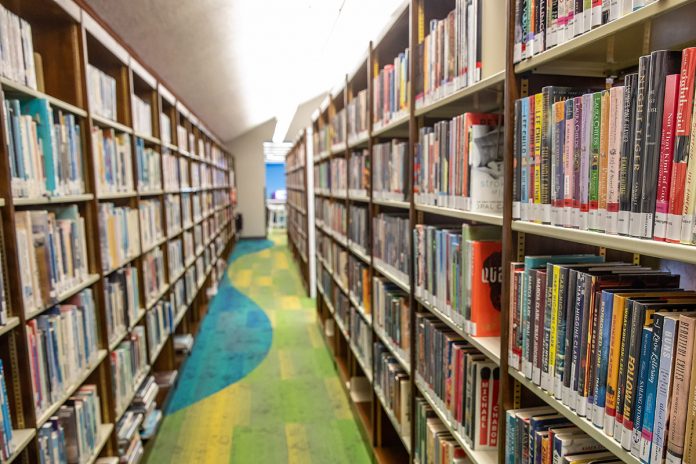Bhubaneswar: Libraries are extremely important for the intellectual development of children. Because where there is no progressive discussion on knowledge and no encouragement for intellectual development, superstitions take its call there. It is believed that a class room is far more sacred than a temple. From the ancient times the libraries has retained its greatness. As there were no printing machines so books and manuscripts were written on palm leaves with the help of a stylus . Vedas, Upanishads and Puranas were preserved by memorizing and reciting by the scholars to be transferred from one generation to another.
It was the time of Harappa Civilisation when the discourse of knowledge developed and the science of knowledge were carved on stones, bronze, bones, snales and burnt soil for keeping them stored. During the time when Buddhism and Jainism were spreading, the Boudhist and Jain monasteries were used as libraries. The Jain book stores in Nagarjunakonda and the ancient religious books in the temples of Banaras vindicate the importance of libraries during those times. During that time the library in Nalanda University was named as ” Dharmaganja”.
Similarly the Baishnav and Shaiva monasteries were also used as libraries for the spread of education in society. The stone inscriptions during the reign of Ashoka, were the first open library in India. There were many advanced libraries in Takhyasila and Vikramsila as well. The Bhagabat Tungi in our villages also play a very important part in spreading education in those times.
In the medieval period the Mughals were also keen in improving libraries. Humayun had converted his entertainment palace into a library. Samrat Akbar had built the Imperial Library and appointed Amir Khasru as the librarian. The mughal prince Dara Sikho had built a huge library near Kashmiri Gate in Delhi .
The Hindu Kings also had an equal amount of contribution forthe degradation of the libraries. The steps taken by the king of Jaipur, Sawai Mansingh and the ruler of Panjab, Maharaja Ranjit Singh was praise worthy. In the 16th century the Maharaja of Tanjor, Sher Fouji had built the famous ” Saraswati Mahal Library ” which became world famous and has maintained its glory till now.
After that the Asiatic Society Library was built in 1784. In 1835 Kolkata Public Library was set up in Kolkata. In 18th and 19th centuries the importance of libraries in colleges and universities began to increase. During the pro-independence period the social and political lanscape began to change and as a result the Indian Library Association was formed due to the Baroda Collective Movement.
The first three decades of the 20th century is known as the golden period for the progress of the libraries. During that period Lord Curzon had changed the Kolkata Public Library to Imperial Library in 1906. After this the Delhi Public Library tried to upgrade the libraries in developmental countries like India in collaboration with the UNESCO.
In 1972, Raja Ram Mohan Ray Library was established in Kolkata. The primary aim of this Library was to provide financial assistance for the progress of the other general libraries. As a result of this regulation for library was eenacted. With the help of all these actions being taken, gradually library education became the second best medium after school for the propagation and dissemination of knowledge. In the present scenario slowly digital classes and teaching methods are taking over .
The national library day is celebrated to remember the contributions of the farher of Library and information science, Padmashree Dr. S.R. Ranganathan. Dr. Ranganathan was working as the librarian in the Madras University and he became popular by giving five rules to the libraries and at the same time introduced the class department method for the libraries.
The father of the nation, Mahatma Gandhi had said each household should possess a library to make the nation progress .
By Dr. Sarmistha Kabi
e-mail: sarmistha.kabi@gmail.com
-OdishaAge



















